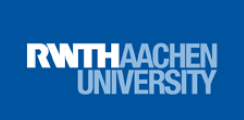Scientific responsible – PD, Dr. Antonello Pellicano
The CCS behavioural Laboratory of RWTH Aachen University established in 2010 to conduct experimental investigations in the fields of cognitive science and neuropsychology. The facility is located in room B 2.04, second floor, ZBMT building, and is set up for research and teaching purpose.
Research focuses on basic aspects of cognition and human performance, including: Action Selection and Stimulus-Response Compatibility, motor representations in objects processing, and relationships between affordance and Simon effects.
The facility can be light-attenuated and is equipped with 3-GHz PCs, 17” LCD monitors, and loudspeakers with E-Prime Professional v2.0 (http://www.pstnet.com) and Presentation (https://www.neurobs.com/) software for experiment design, stimulus presentation (visual and auditory), response timing with millisecond temporal precision, and data collection.
A PST serial response-box is interfaced with both the software for button press and voice key response collection. Custom button boxes and foot pedals are also available for specific experimental configurations. Other equipment such as shutter-glasses can be used for tachistoscopic presentation of real objects and visual scenes.
Research Projects:
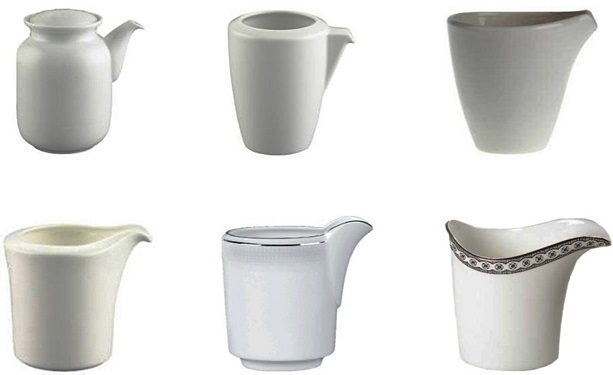
Related Publications and Conference Presentations:
Pellicano, A., Thill, S., Ziemke, T. & Binkofski, F. (2011). Affordances, adaptive tool use and grounded cognition. Frontiers in Psychology, 2:53. http://dx.doi.org/10.3389/fpsyg.2011.00053
Pellicano, A., Lugli, L., Baroni, G., & Nicoletti, R. (2009). The Simon effect with conventional signals: A time-course analysis. Experimental Psychology, 56, 219-227.
Pellicano, A., Iani, C., Rubichi, S., Ricciardelli, P., Borghi, A. M., & Nicoletti, R. (2010). Real-life motor training modifies spatial performance: The advantage of being drummers. The American Journal of Psychology, 123, 169-179. http://dx.doi.org/10.5406/amerjpsyc.123.2.0169
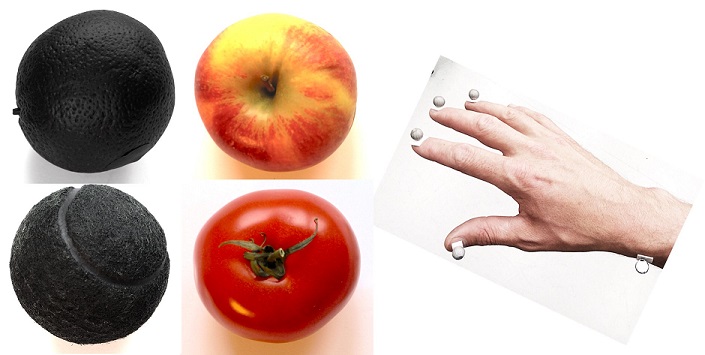
Related Publications and Conference Presentations:
Kirstin Lederer, Antonello Pellicano, Bruno Fimm, Heiko Maurer, Mathias Reiser, Ferdinand Binkofski. Dissociation of ventral and dorsal stream contribution to interaction with objects in a patient with a profound occipital lesion. V international conference “Low vision and the brain”, Berlin (Germany), Nov. 30 - Dec. 2, 2018.
Scorolli, C., Pellicano, A., Nicoletti, R., Rubichi, S. and Castiello, U. (2015), The Simon Effect in Action: Planning and/or On-Line Control Effects?. Cognitive Science, 39: 972-991. doi: 10.1111/cogs.12188.
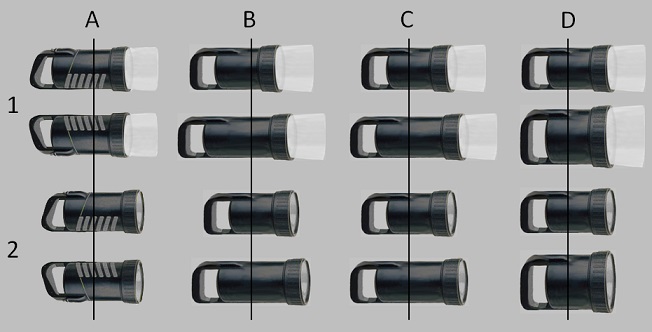
Related Publications and Conference Presentations:
Pellicano, A., Iani, C., Maiorana, N. V., Horoufchin, H., Rubichi, S., Lugli, L., Nicoletti, R., & Binkofski, F. (2018). Correspondence effect driven by salient visual asymmetries in integral object stimuli. Psychological Research. doi : 10.1007/s00426-018-1079-3.
Pellicano, A., Iani, C., Borghi, A. M., Rubichi, S., & Nicoletti, R. (2010). Simon-like and functional affordance effects with tools: The effects of object perceptual discrimination and object action state. Quarterly Journal of Experimental Psychology, 63, 2190-2201.
Antonello Pellicano, Houpand Horoufchin, Natale Maiorana, Luisa Lugli, Sandro Rubichi, Cristina Iani, Roberto Nicoletti, Ferdinand Binkofski. Simon-like effect driven by salient visual asymmetries in object stimuli. XIX meeting of the European Society for Cognitive Psychology (ESCoP), Paphos (Cyprus), September 17-20, 2015.
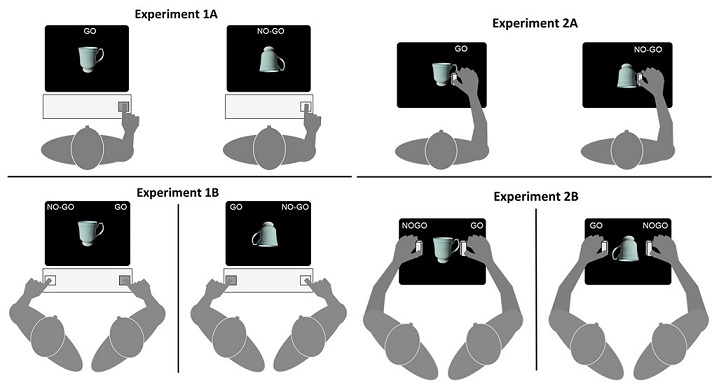
Related Publications and Conference Presentations:
Pellicano, A., Lugli, L., Binkofski, F., Rubichi, S., Iani, C., & Nicoletti, R. (2018). The unimanual handle-to-hand correspondence effect: evidence for a location coding account. Psychological Research. doi: 10.1007/s00426-018-1009-4
Antonello Pellicano, Luisa Lugli, Sandro Rubichi, Cristina Iani, Roberto Nicoletti. The handle-to-hand correspondence effect: evidence of a location coding account. XIX meeting of the European Society for Cognitive Psychology (ESCoP), Paphos (Cyprus), September 17-20, 2015.
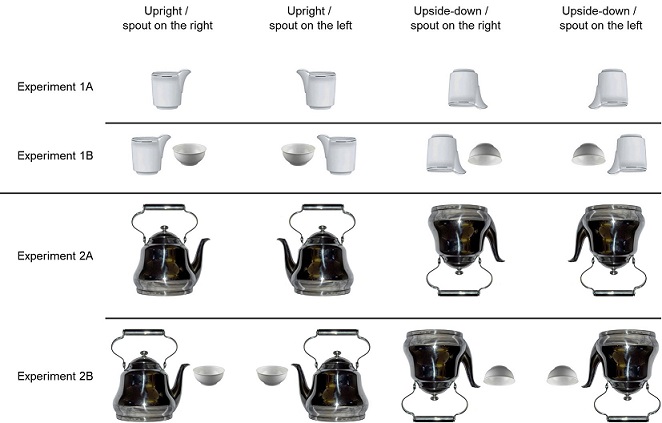
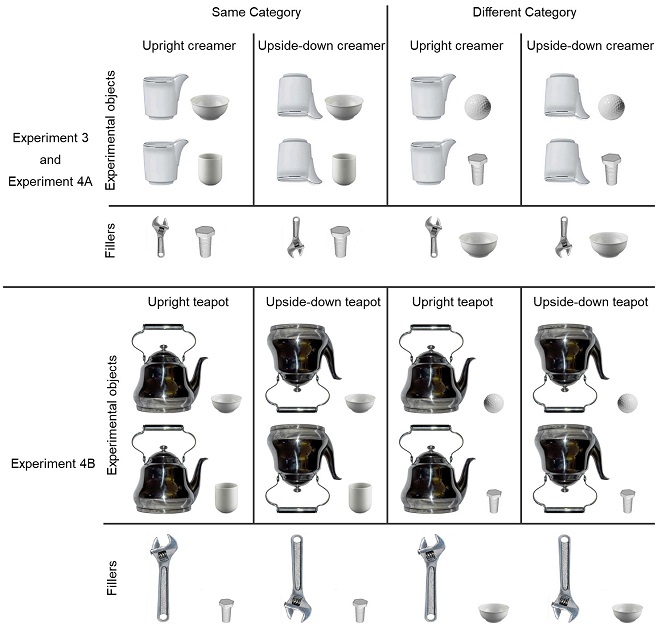
Related Publications and Conference Presentations:
Pellicano, A., Koch, I., & Binkofski, F. (2017). Location-Coding Account vs. Affordance-Activation Account in Handle-to-Hand Correspondence Effects: Evidence of Simon-Like Effects Based on the Coding of Action Direction. Journal of Experimental Psychology: Human Perception and Performance, 43, 1647-1666. http://dx.doi.org/10.1037/xhp0000414.
Pellicano, A., Borghi, A.M., & Binkofski, F. (2017). Editorial: Bridging the theories of affordances and limb apraxia. Frontiers in Human Neuroscience, 11:148. doi: 10.3389/fnhum.2017.00148
Pellicano, A., Iani, C., Borghi, A. M., Rubichi, S., & Nicoletti, R. (2010). Simon-like and functional affordance effects with tools: The effects of object perceptual discrimination and object action state. Quarterly Journal of Experimental Psychology, 63, 2190-2201.
Antonello Pellicano, Ferdinand Binkofski. Handle-to-hand correspondence effects: Disambiguating Location Coding and Affordance Activation Accounts. XVII meeting of the European Society for Cognitive Psychology (ESCoP), Donostia - San Sebastian (Basque Country - Spain), September 29–October 2, 2011 p. 108.
Antonello Pellicano, Ferdinand Binkofski. Effetto Simon vs. effetto affordance in un compito di discriminazione di oggetti. (Simon effect vs. affordance effect in an object-discrimination task) Congresso Nazionale AIP, Sez. Psicologia Sperimentale, Catania (Italy), Sept. 14-16, 2011 p. 48.
Antonello Pellicano, Hong Chen, Houpand Horoufchin, Harshal Patel, Katrin Sakreida, Britta Worringer, Ferdinand Binkofski. Disambiguating Location Coding and Affordance Activation Accounts in an Object-based Choice-reaction Task. The fifth annual workshop on Concepts, Actions, and Objects: Functional and Neural Perspectives, Rovereto (Italy), April 19-22, 2011.
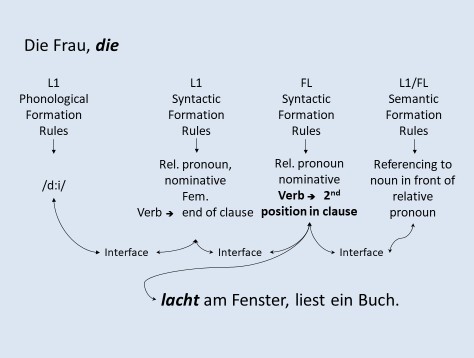
Related Publications and Conference Presentations:
Breuer, E.O. Fluency in L1 and FL Writing. (2019). An analysis of planning, essay writing and final revision. In Lindgren, E., und Sullivan, K., Observing Writing: logging handwriting and computer keystrokes (S. 190–211). Leiden: Brill.
Breuer, E.O. (2017). Revision Processes in First Language and Foreign Language Writing: Differences and Similarities in the Success of Revision Processes. Journal of Academic Writing, 7(1), 27–42.
Breuer, E.O. (2015). First Language versus Foreign Language: Fluency, Errors and Revision Processes in First Language and Foreign Language Writing. Frankfurt/Main: Peter Lang.


